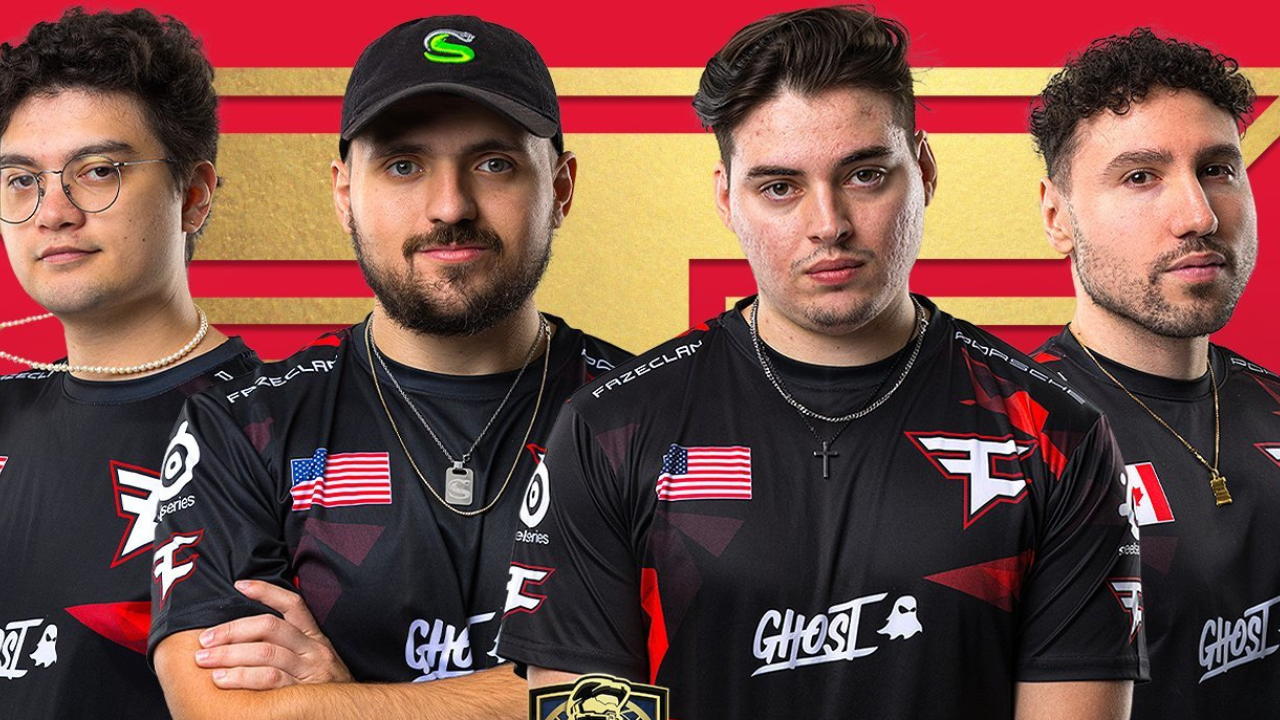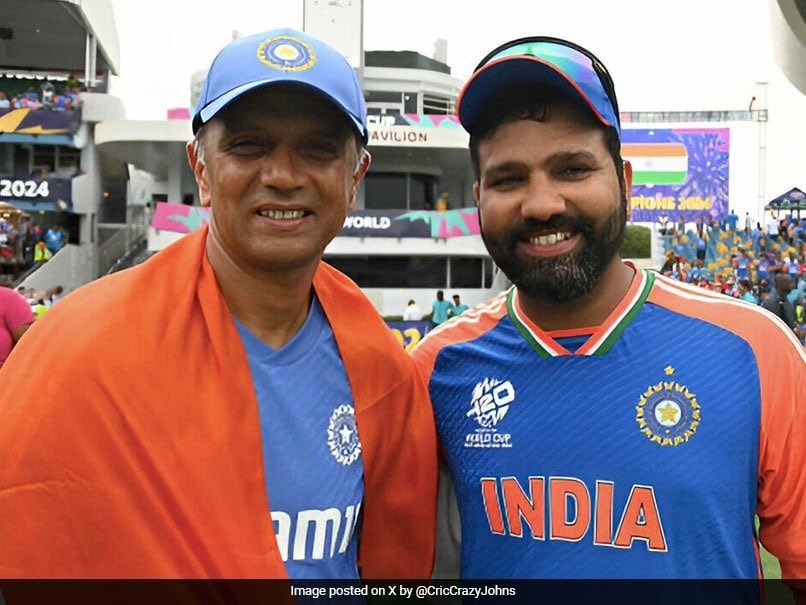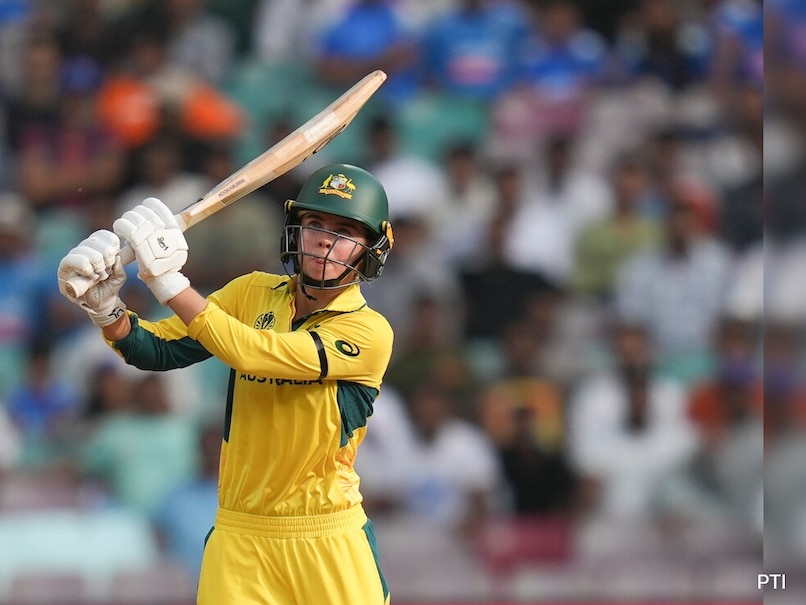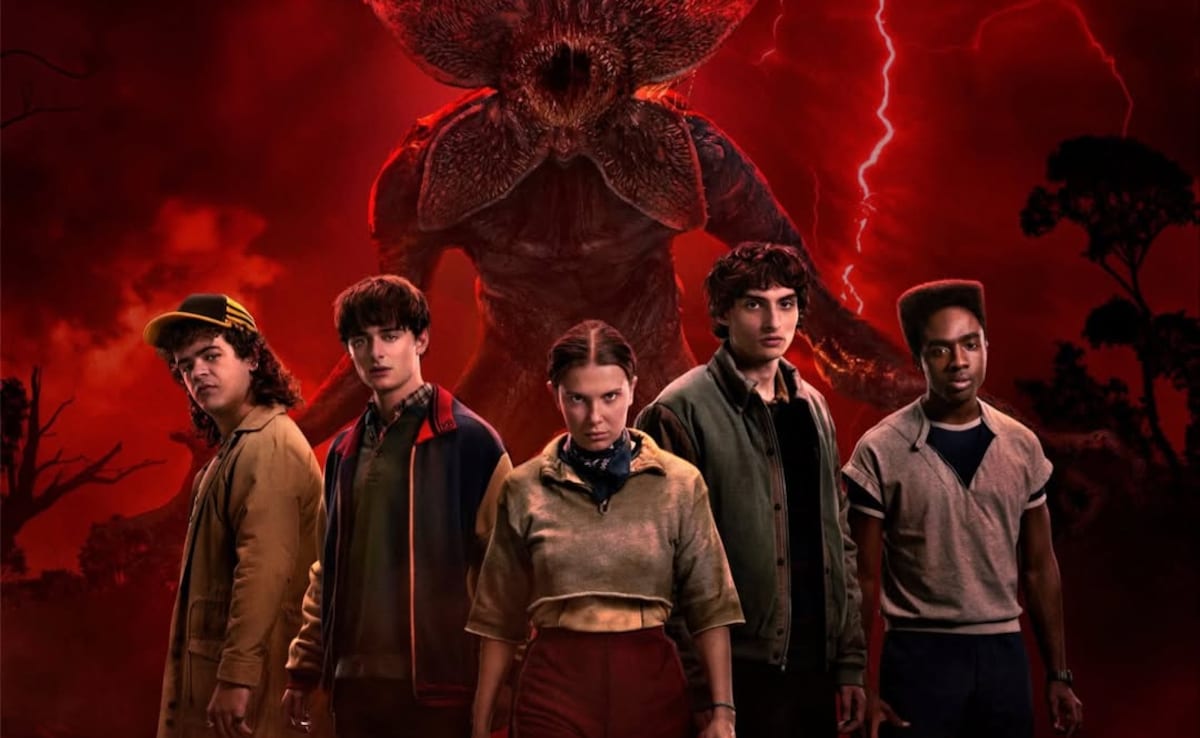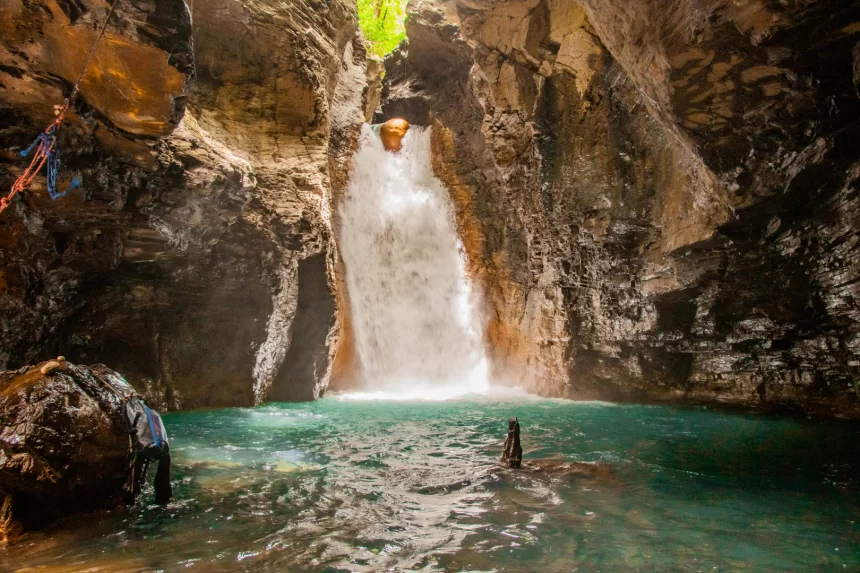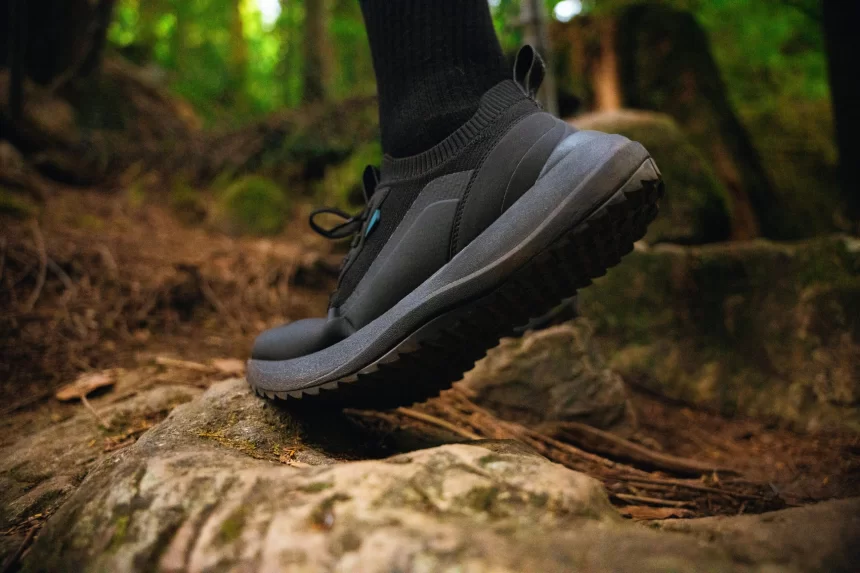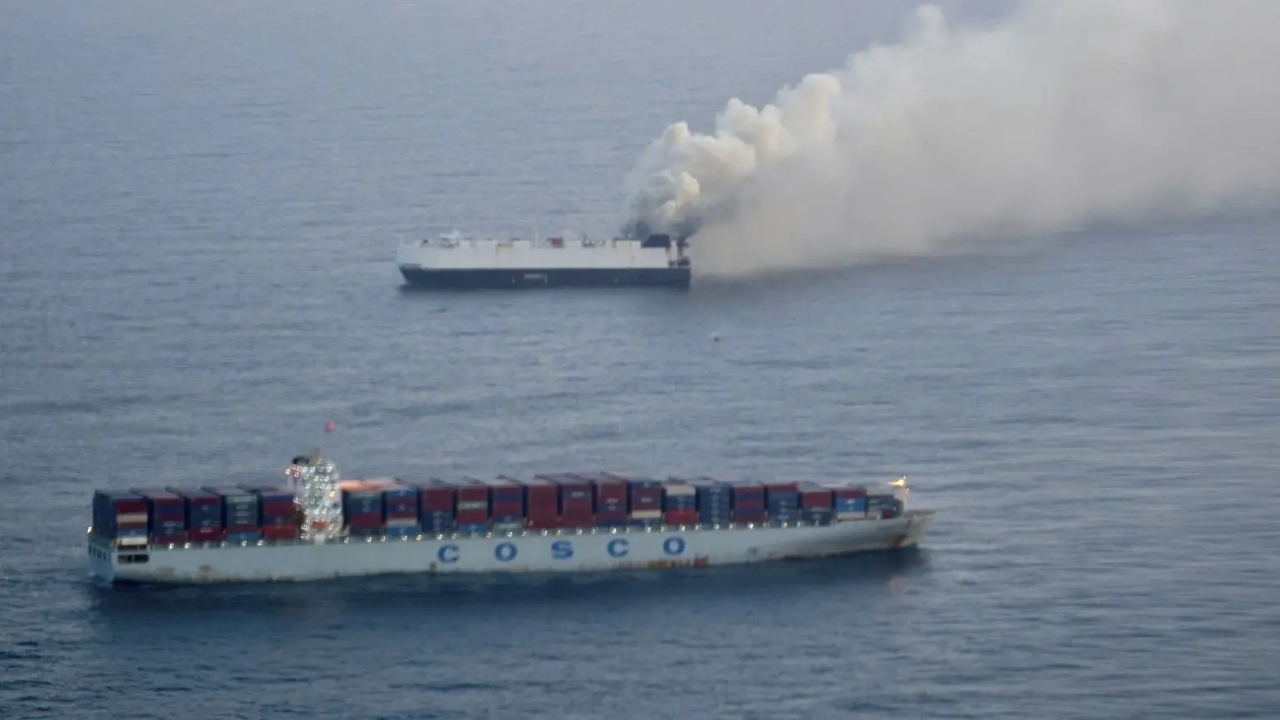Between the devil and the deep sea: Inside the battle over trawling for a 200-year-old fish
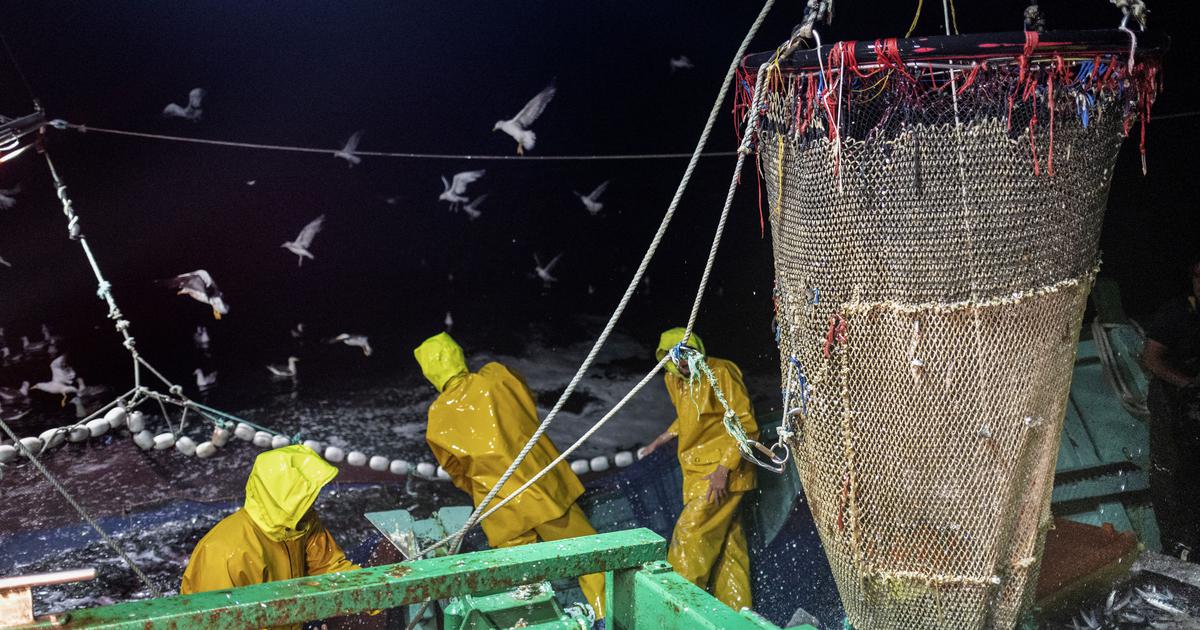
Join our WhatsApp Community to receive travel deals, free stays, and special offers!
- Join Now -
Join our WhatsApp Community to receive travel deals, free stays, and special offers!
- Join Now -

Down in the deep, dark South Pacific Ocean live grouchy-looking, sluggish fish. Some of them have been around since the Qing Dynasty ruled China and possibly even before the United States was an independent country.
With a life expectancy of up to 250 years, orange roughy live slowly. They reach maturity in their late 20s and early 30s when they can gather and breed mostly on seamounts at depths of 800-1,600 metres.
Their unhurried lifestyle was largely undisturbed until the late 1970s, when humans began catching them with deep-sea trawl gear. Since then, orange roughy numbers have plummeted. Bottom trawling, the primary method for harvesting the species, is infamous for its destructive impacts on seabed communities. It also involves high levels of “bycatch” – the capture of non-target animals.
These days, bottom trawling and the use of deep-sea resources more generally are both facing growing scrutiny, ranging from the cinema-going public to international negotiators.
The stay-or-go debate over orange roughy fisheries encapsulates the tensions in the relationship between humans and the deep sea.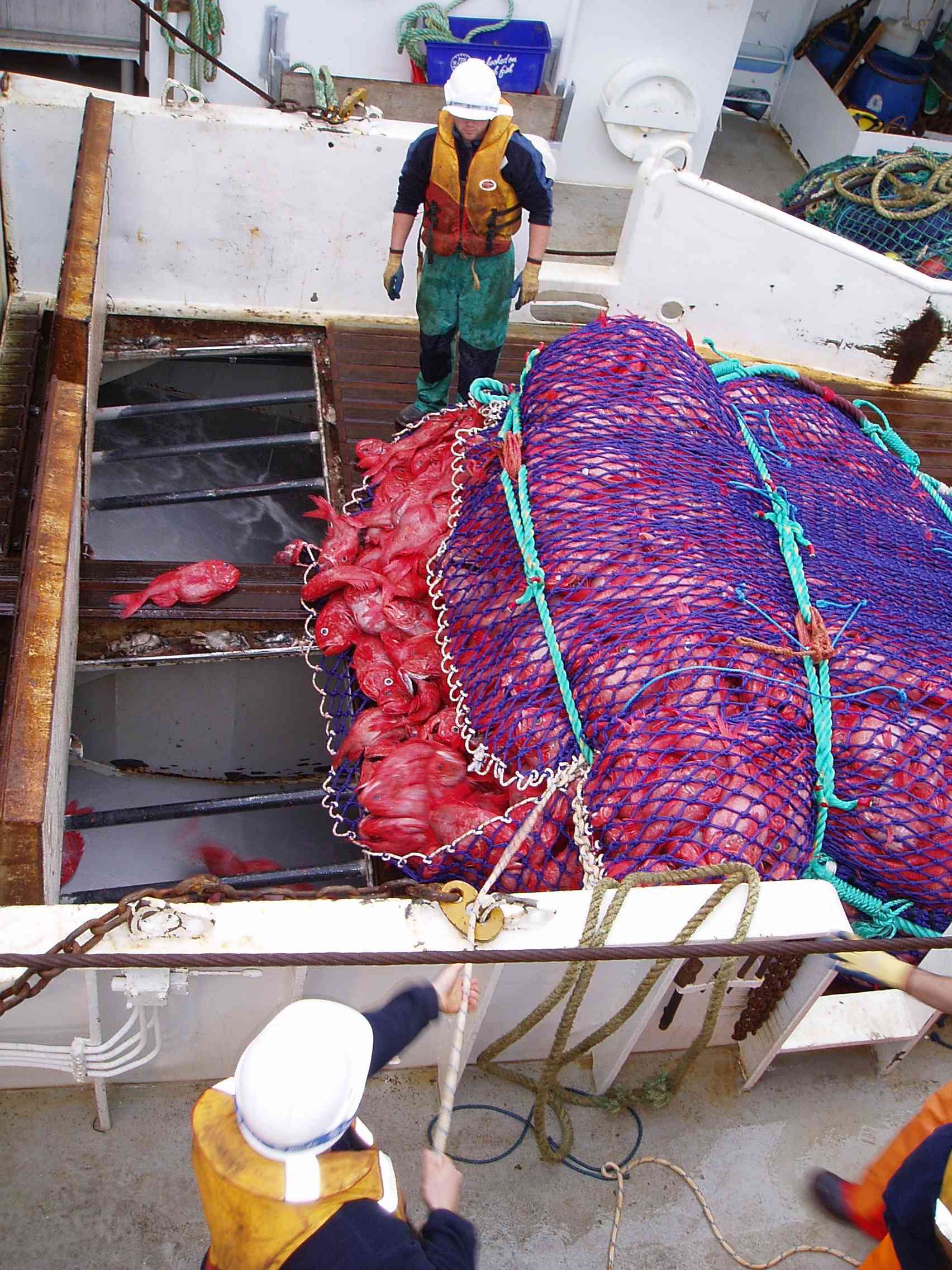
Deep fishing, deeply damaging
The orange roughy population in part of the largest fishery is now “significantly below” sustainable levels, with only between 8% and 18% of its pre-fishing biomass remaining, according to recent study by the New Zealand government.
For context, Earth Sciences New Zealand (previously...
Read more
What's Your Reaction?
 Like
0
Like
0
 Dislike
0
Dislike
0
 Love
0
Love
0
 Funny
0
Funny
0
 Angry
0
Angry
0
 Sad
0
Sad
0
 Wow
0
Wow
0








